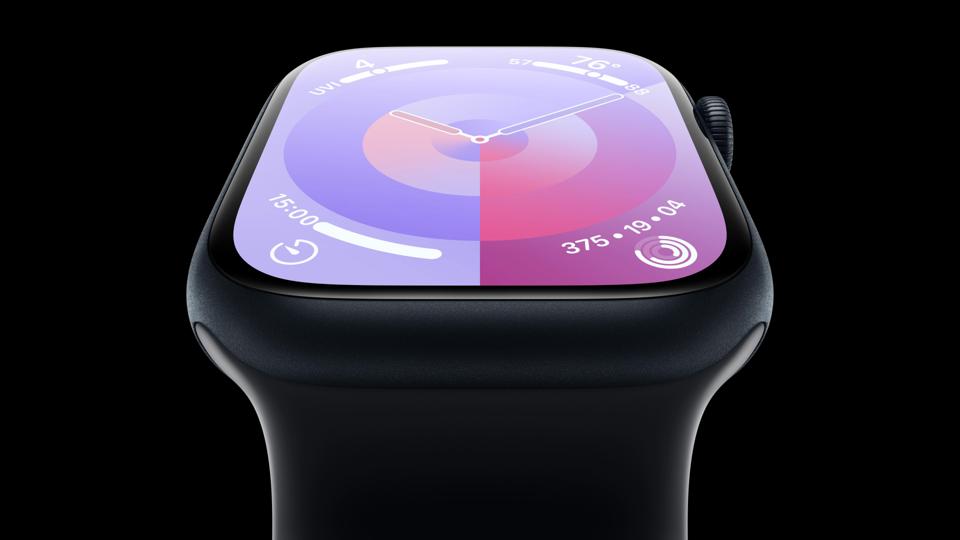This year’s Apple Watch is reported to introduce a new display technology, one which could result in a highly desired upgrade for any gadget: increased battery life.
According to The Elec, the next Apple Watch, due this fall, will use a new type of OLED screen called low-temperature polycrystalline oxide thin-film transistor. Currently, LTPO is only used for part of the Watch’s display tech and the rest uses low-temperature polycrystalline silicon, which is not as power-efficient. Right now, LTPO is restricted “to some switching TFTs,” the report says.
Here’s how it describes the tech: “Using oxide instead of LTPS for a drive TFT means that oxide is responsible for the TFT that connects directly to the OLED pixel. In LTPO OLED, oxide has been used to reduce leakage current, but in the new LTPO OLED, the role of oxide increases.”
All of which means that while the display may not look any different, the next Watch could promise longer battery life. But will it?
It’s a good question. Apple has routinely followed a simple plan when it comes to battery life on the Watch: keep it roughly where it is. True, the Apple Watch Ultra and Ultra 2 have much longer battery life, but other models have stuck to the same 18-hour usage between charges.
My guess would be that this formula will be continued, but that’s still reason to be excited. That’s because if there’s more battery life to go around, Apple likes to spend it on new features rather than extending the overall life.
Which means that even with these new features, we’re likely to see Apple Watch Series 10 with similar battery life to Series 9. It’s not clear yet what these features might be, though there are rumors that Apple is going to build blood pressure measurements into Series 10.
This would make sense: it’s a key feature on Samsung smartwatches and on lightweight devices like the excellent Swiss-based Aktiia bracelet. In which case it will be interesting to see if it works in the same way as on Samsung’s devices, where you have to calibrate it once a month in conjunction with a blood pressure cuff.
Or will it be like the Huawei Watch D which needs no calibration (though it has an inflating wrist band which sounds decidedly un-Apple). More as we have it.

